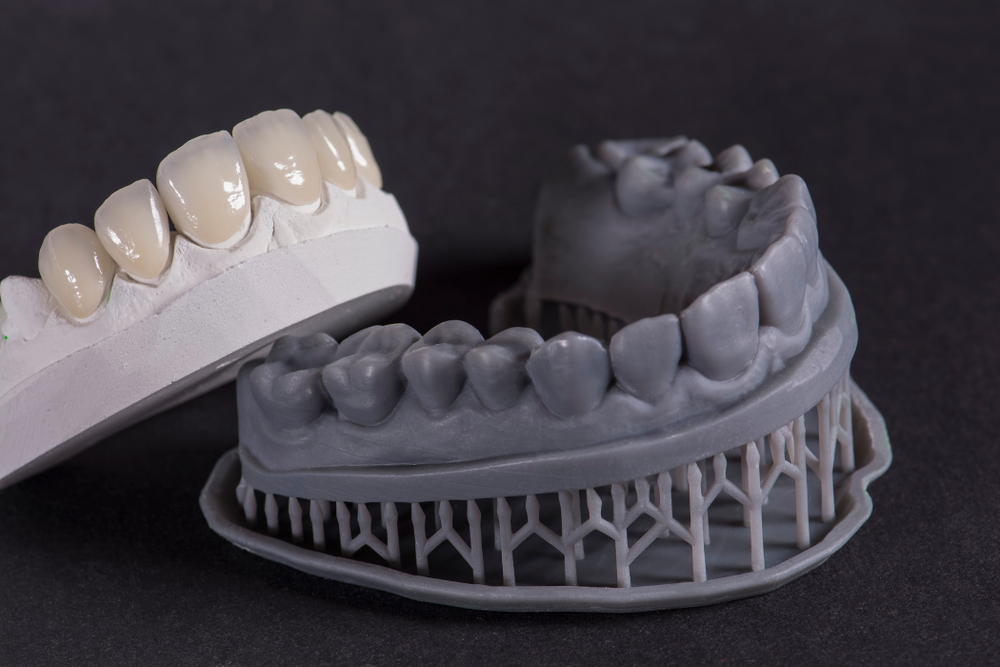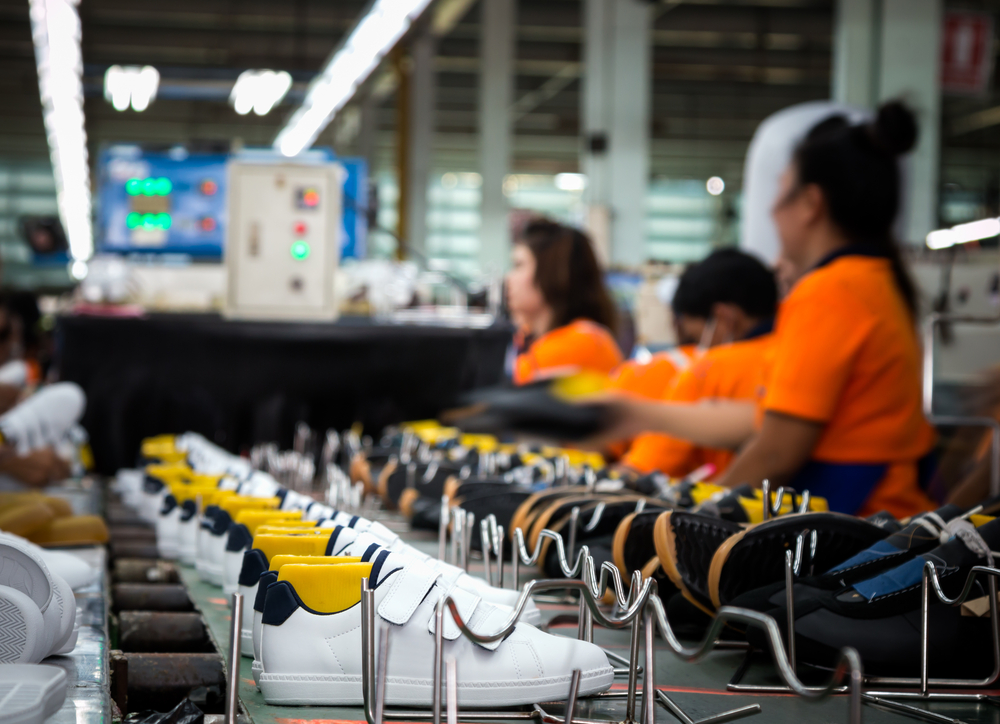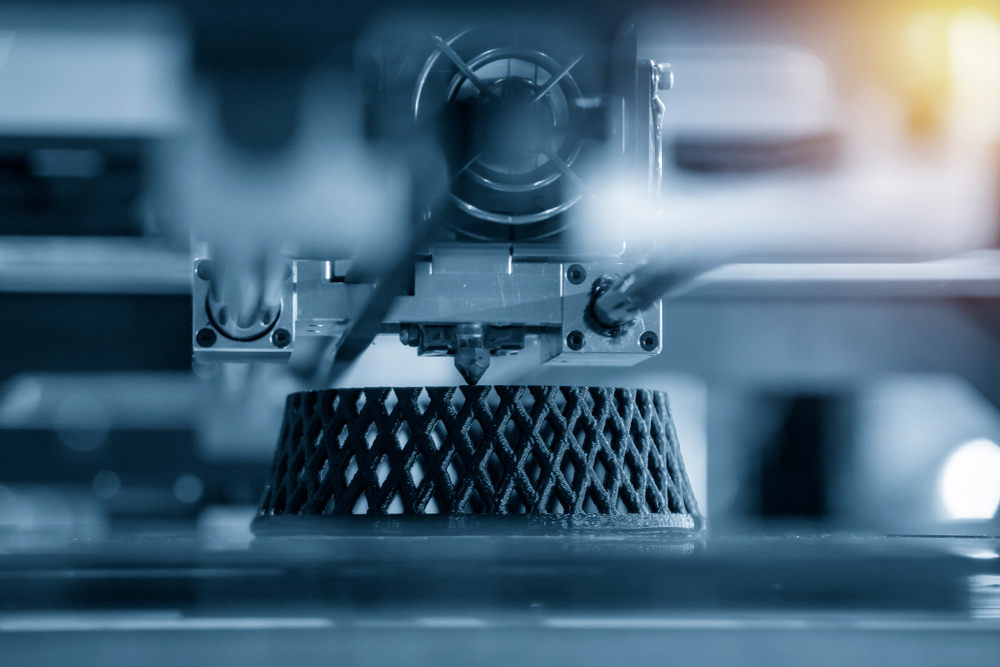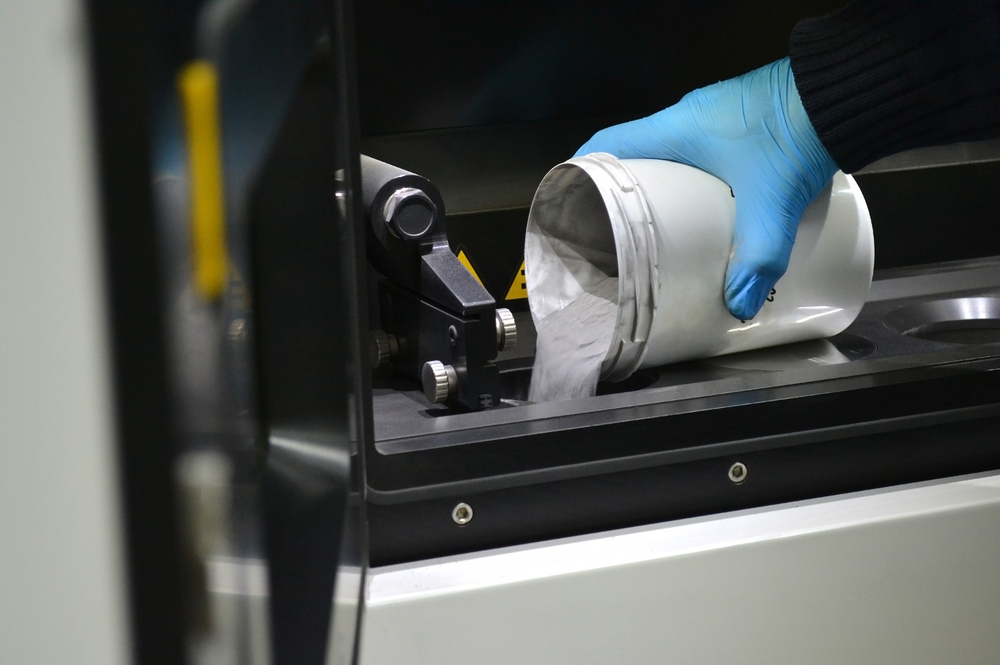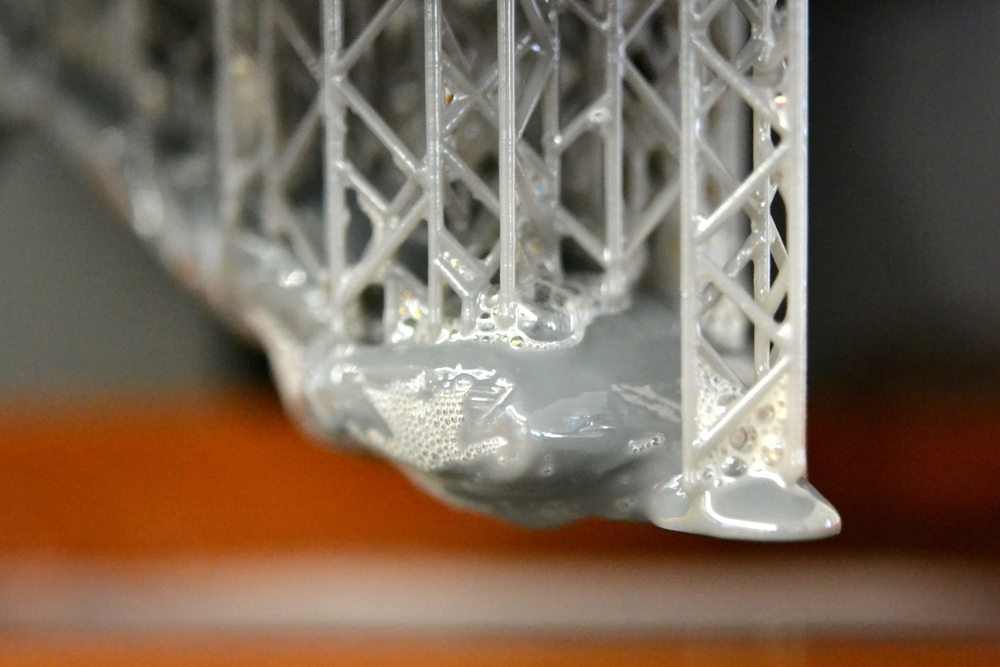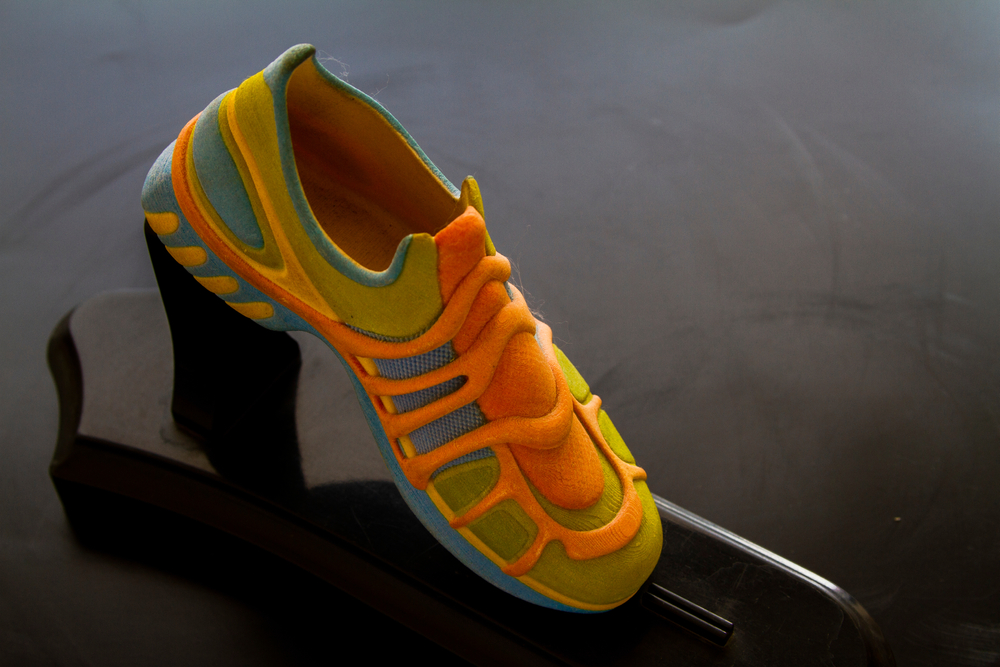3D Printing Innovation
Applications of 3D Printing in Dentistry
With the increasing availability of advanced materials for 3D printing, the range of printable dental appliances continues to expand. Applications of 3D printing in dentistry already include implants, models, guides, surgical tools, and PPE. Dental care providers utilizing such applications are enabling faster, more responsive service and better patient care.
Read MoreHow to Automate Footwear Manufacturing
In recent years, advancements in 3D printing technology are streamlining the manufacturing process. Footwear companies are leveraging 3D printers to optimize operations, enabling fully-functional prototypes and increased design freedom. 3D printing improves the footwear manufacturing process with greater automation, and 3D printed footwear is projected to globally generate over USD 1 billion by 2023 and USD 6.5 billion by 2029.
Read MoreGuide to the Ideal Additive Manufacturing Process
Additive manufacturing is often associated with low-volume production or prototyping. Some 3D printers are developed for the sole purpose of rapid prototyping. Still, innovations in 3D printing technology have made high-volume production both feasible and often the best solution for accelerating a new product to market. 3D printing has no tooling costs and very few design limitations. Companies can implement 3D printing solutions from innovation through production, eliminating certain drawbacks associated with traditional manufacturing.
Read MoreWhat is 3D Printing, Additive Manufacturing, and Rapid Prototyping?
Dentists, aerospace engineers, footwear manufacturers, and other industries utilize 3D solutions to streamline production processes, expand design possibilities, create better-performing products, and enable a more resilient supply chain.
Read More3 Applications for 3D Printing in Orthodontics and Oral Devices
The traditional method used to produce oral devices is time-consuming and inconvenient for patients. It is a multi-appointment process that involves creating manual, oral impressions and outsourcing them to a dental lab for fabrication. Device turnaround can take 2 to 4 weeks to complete. Dentists can accelerate the process by switching to a digital workflow that utilizes an intraoral scanner and 3D printer. Intraoral scanners eliminate the need for manual, oral impressions, and 3D printers produce oral devices more quickly than conventional processes.
Read MoreHow 3D Printing Is Improving the Footwear Manufacturing Process
Traditional footwear manufacturing is a time-consuming process that often limits designs. With high tooling costs and production limitations, initial designs, tooling, and prototyping can take months to complete and require significant investments. The final product design must fit the production method, and processes, like injection molding, can constrain the design. Products need to be developed so that tools can be built for mass production. Designers who work with injection molding must often reconfigure their product layouts to meet production criteria after the prototyping stage.
Read MoreWhat Types of Materials Are Used in 3D Printing?
Many manufacturers’ first exposure to 3D printing was through fused deposition modeling, in which plastic filaments extrude through a nozzle during printing. Materials used in 3D printing were formerly confined to plastics and weak metal alloys that could be extruded at low temperatures. The scope of 3D-printable materials has grown considerably to include various metals, polymers, organic materials, ceramics, and even biological materials.
Read MoreHow to Use 3D Printing Processes to Scale Up Manufacturing
Traditionally, a 3D printing process supported only functional prototypes or finished products. With advancements in 3D printing technologies and materials, the same machine and 3D printing process can produce prototypes and finished products. To scale, connected 3D printers can seamlessly print the same product at a 3D printing smart factory, making it easier to get a new product onto a production line for high volume manufacturing. Here’s an overview for getting a design into high-volume production with 3D printing.
Read MoreFootwear Manufacturing Industry Analysis: Evaluating the Impact of 3D Printing
By the end of 2020, the total revenue connected to 3D printed footwear production is projected to reach $1.4 billion, an upward trend over the last few years. According to…
Read MoreBenefits of Additive Manufacturing for High Volume vs. Low Volume Manufacturing
There are many considerations in choosing high volume vs. low volume manufacturing. Additive manufacturing offers a viable option for any volume. It also enables manufacturers to implement a more agile business model with less risk. Here’s how additive manufacturing is reducing the gap between high volume vs. low volume manufacturing.
Read More